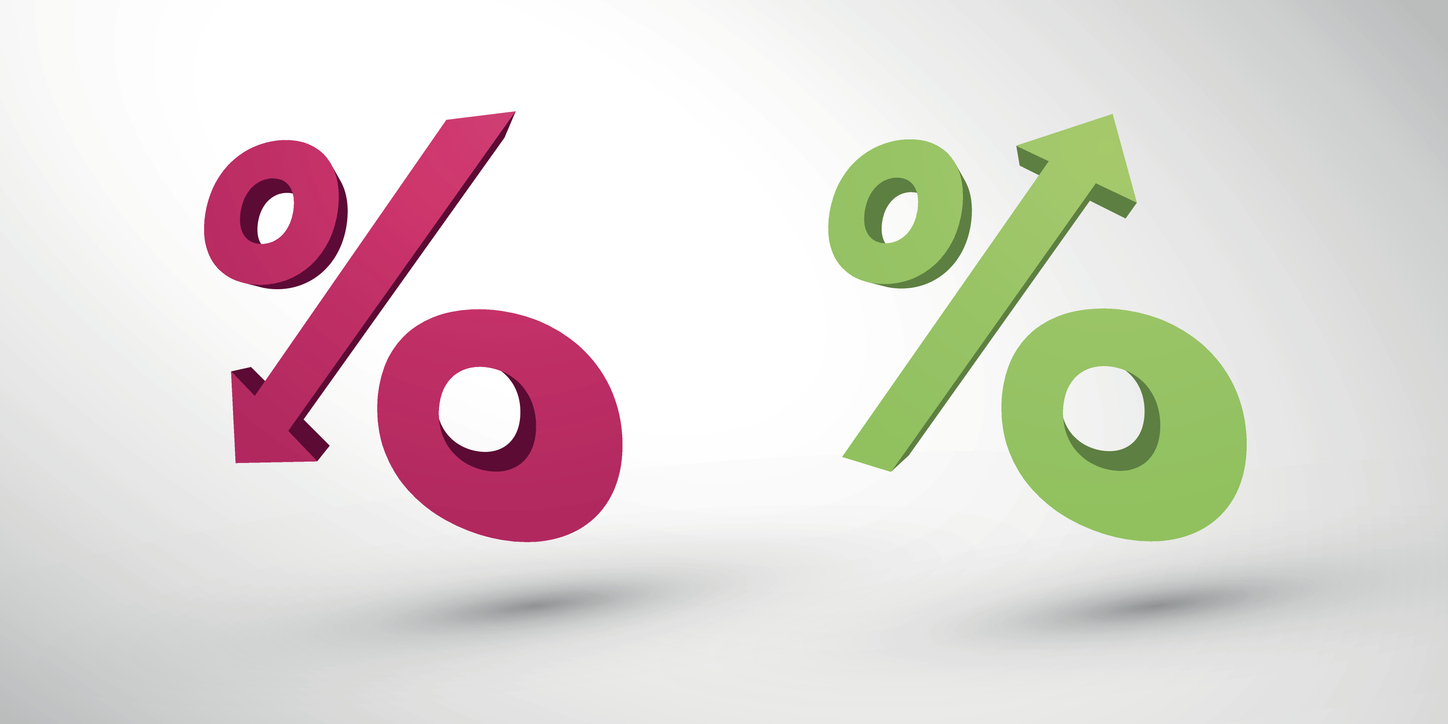Stabilization of some parts of the commercial property/casualty insurance market continued apace in the second quarter of 2023, with an “oversupply” of capacity in the directors and officers liability sector, lower rates in cyber, and chance to save some money in the workers compensation market, according to a market update from Woodruff Sawyer.
“The outlook for the commercial lines insurance market remains largely unchanged since the first quarter, with the supply of capital driving pricing behavior in all segments,” said John Neuhalfen, Woodruff Sawyer director of operations for commercial lines.
Public company D&O prices and retentions have come down significantly as insurers compete for business, the broker said in its Q2 review.
“While mature public companies are experiencing strong rate relief, newly public companies continue to see significant decreases due to higher starting premiums,” said Neuhalfen.
That said, the risk of directors and officers being sued remains relatively high and the average settlement for securities class actions reached $25.5 million in 2022. Newer risks have been driving litigation, including data breaches, privacy oversight, derivative lawsuits, bankruptcy, regulatory concerns, ESG issues such as climate change, and COVID-19, Woodruff Sawyer found.
“There were 92 settlements totaling $2.4B in 2022, exceeding the 2020, 2021, and 10-year medians. With $3.1B in settlements through Q2 2023 and 460 open cases yet to be resolved, 2023 is shaping up to be another notable year in total settlement dollars,” said Neuhalfen in the report.
Cyber insurance joined D&O on the slide in pricing in Q2, mainly due to a drop in ransomware losses in 2022.
“Many insurers are lessening their information requests after several years of intense scrutiny—this is driven by competitive pressures and having collected robust underwriting information during companies’ recent renewals,” observed Woodruff Sawyer. However, insurers have also restricted coverage for wrongful collection claims and are paying close attention to non-breach privacy losses.
In the casualty market, insurers continue to press for rate increases on general liability and commercial auto to stay head of losses, the broker reported, citing average increases of 10.4% for commercial auto (up from 8.3% in Q1), 8.1% for umbrella, 5.2% for GL and decreases of 0.7% for workers compensation.
“Organizations with large auto fleets, high-hazard products, or significant premises exposures are facing difficult umbrella renewals. Using buffer layers to increase attachments can help mitigate premium increases,” commented Woodruff Sawyer.
Commercial auto claims severity has worsened due to supply chain issues and costlier repairs for newer, technology-enhanced vehicles.
Though parts of the casualty market have stabilized, the broker said insurers remained focused on limiting their exposure to claims for biometric data privacy, abuse and molestation, assault and battery, and PFAS (forever chemicals).
Woodruff Sawyer noted that “workers compensation consistently remains the line where commercial insurance buyers can expect to save some money” and for insurers, the solid workers compensation performance could smooth results in a difficult market.
In the property market, insurers appear to be looking closely at loss history. Buyers with no catastrophe exposure and a solid loss history might see rate increases of 7.5% to 10%. Even CAT-exposed accounts with no losses could see 15% to 20% increases. However, non-CAT accounts with losses can expect increases of 20% to 30% while CAT-exposed properties with unfavorable loss history see rate increases more in the range of 40% and up, according to the report.
“Property remains the most challenged part of the commercial lines market, with the frequency and severity of natural catastrophes driving up losses,” said Woodruff Sawyer, citing the impact of reinsurers pushing more risk back onto primary carriers.














